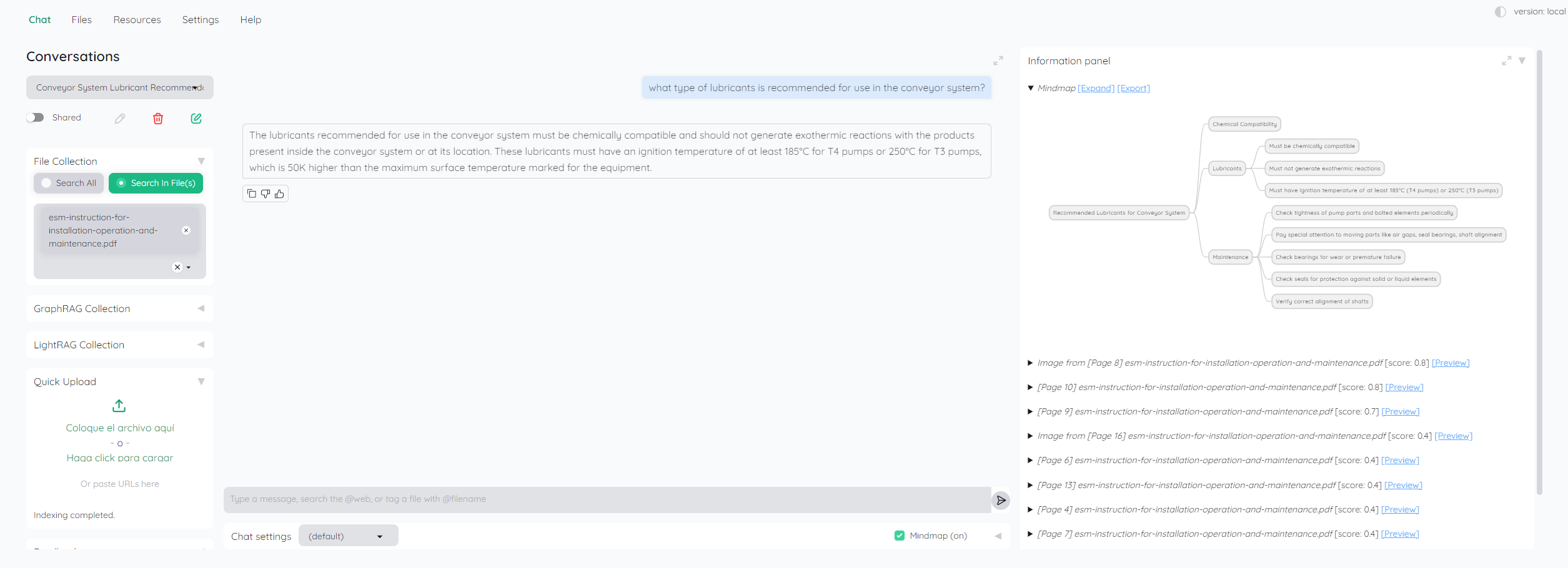This article presents a comprehensive methodology for fine-tuning large language models (LLMs) to enhance their capabilities in mechanical design applications. The approach encompasses data preparation, model selection, training strategies, and evaluation methods specific to engineering design tasks. The goal is to create specialized models capable of understanding and generating mechanical design specifications, analyzing engineering requirements, and providing design recommendations.
Introduction to Model Fine-tuning for Engineering Applications
Foundation Model Selection
The selection of an appropriate base model forms the cornerstone of successful fine-tuning for mechanical design applications. Open-source models such as Llama 2, Mistral, or MPT serve as suitable starting points due to their extensive general knowledge base and customizable architectures. The base model should demonstrate strong mathematical reasoning, spatial understanding, and technical vocabulary comprehension prior to fine-tuning.
Domain-Specific Considerations
Mechanical design applications require specialized understanding of engineering principles, manufacturing processes, and material properties. The fine-tuning process must enhance the model’s capability to reason about physical constraints, dimensional tolerances, and design optimization while maintaining compliance with engineering standards and practices.
Data Preparation and Curation
Dataset Development
High-quality training data forms the foundation of successful fine-tuning. Engineering documentation, including technical drawings, design specifications, manufacturing guidelines, and material property databases must be converted into appropriate training formats. The data should encompass various aspects of mechanical design, from conceptual development through detailed engineering and manufacturing considerations.
Data Preprocessing
Raw engineering data requires substantial preprocessing to create effective training examples. Technical drawings must be converted into detailed textual descriptions, while maintaining critical dimensional and tolerance information. Material specifications, manufacturing processes, and design constraints need to be formatted into consistent, structured representations that the model can effectively learn from.
Training Example Structure
Each training example should include input contexts such as design requirements, constraints, and performance specifications, paired with appropriate outputs including design recommendations, analysis results, and technical specifications. The examples must maintain engineering precision while providing sufficient context for the model to learn underlying design principles.
Fine-tuning Methodology
Model Architecture Adaptations
The base model architecture may require modifications to better handle engineering-specific tasks. This includes adjusting attention mechanisms to focus on critical design parameters, implementing specialized tokens for technical specifications, and potentially adding task-specific output heads for different mechanical design applications.
Training Strategy
The fine-tuning process employs a carefully structured approach beginning with general mechanical engineering concepts and progressively focusing on specific design applications. Curriculum learning techniques help the model develop a hierarchical understanding of mechanical design principles. Training proceeds through stages including basic engineering principles, component design rules, assembly constraints, and manufacturing considerations.
Hyperparameter Optimization
Critical hyperparameters require careful tuning to optimize model performance. Learning rates must balance knowledge retention from the base model with acquisition of new engineering expertise. Batch sizes and gradient accumulation steps need adjustment based on the complexity of mechanical design examples. Warm-up periods and learning rate schedules should align with the curriculum structure.

Specialized Training Techniques
Constraint Enforcement
Training procedures must incorporate mechanisms to ensure the model respects physical constraints and engineering standards. This includes implementing loss functions that penalize physically impossible designs and incorporating validation steps that check compliance with engineering standards.
CAD Integration Training
The model requires specific training to interpret and generate computer-aided design (CAD) related information. This includes understanding geometric dimensioning and tolerancing (GD&T), feature relationships, and assembly constraints. Training data should include examples of CAD model specifications and corresponding design rationale.
Manufacturing Consideration Training
Special attention must be given to training the model in manufacturing process selection and design for manufacturability (DFM) principles. This includes exposure to various manufacturing methods, their limitations, and cost implications. The model should learn to recommend design modifications that improve manufacturability while maintaining functionality.
Evaluation and Validation
Performance Metrics
Evaluation metrics must go beyond traditional language model measures to include engineering-specific criteria. This includes accuracy of dimensional specifications, validity of material selections, and feasibility of manufacturing recommendations. Custom evaluation metrics should assess the model’s ability to balance competing design requirements and constraints.
Validation Methodology
Validation procedures must verify the model’s output against established engineering standards and physical laws. This includes checking dimensional accuracy, material compatibility, and compliance with industry standards. Real-world design case studies serve as benchmarks for assessing model performance.
Quality Assurance
A comprehensive quality assurance framework ensures the model’s recommendations maintain engineering rigor. This includes automated checks for physical feasibility, dimensional consistency, and compliance with design standards. Human expert review remains essential for validating complex design recommendations.
Deployment and Integration
Engineering Workflow Integration
The fine-tuned model must integrate seamlessly into existing engineering workflows. This includes developing interfaces with CAD software, product lifecycle management (PLM) systems, and engineering analysis tools. API development should focus on maintaining data integrity and ensuring traceability of design decisions.
Version Control and Updates
Maintaining version control of the fine-tuned model becomes crucial as engineering standards and best practices evolve. A systematic approach to model updates ensures incorporation of new design methodologies while maintaining reliability in established applications.
Future Developments
Continuous Learning
Implementation of continuous learning strategies allows the model to adapt to new design challenges and emerging technologies. Feedback loops from practical applications help refine the model’s recommendations and expand its knowledge base.
Emerging Technologies Integration
The fine-tuning process should anticipate integration with emerging technologies such as generative design tools, advanced simulation capabilities, and additive manufacturing processes. This requires regular updates to training data and potential architecture modifications.
Conclusion
Fine-tuning large language models for mechanical design applications represents a complex but valuable endeavor. Success requires careful attention to data quality, training methodologies, and validation procedures. The resulting models can significantly enhance engineering productivity while maintaining high standards of design quality and manufacturability.
